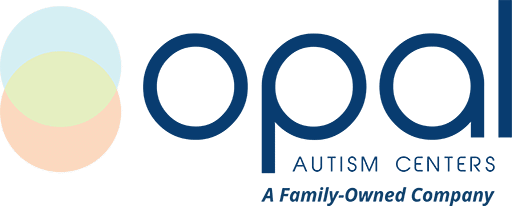The ABCs in ABA refers to the three-term contingency:
A – Antecedent
B – Behavior
C – Consequences
The understanding of the three-term contingency aids in identifying the functions of behavior and the development of individualized treatment plans. By understanding the functions of behaviors, we can identify skills that need to be taught and work on shaping these behaviors using positive reinforcement.
Analysts will work closely with parents to identify the ABCs of behavior and to develop effective treatment plans. They will also provide training and guidance so that parents can help teach their child the new skills identified at home.
Let’s break it down further and review some examples of ABCs:
Antecedent – The event that happens directly before a behavior.
Behavior – The response from the child.
Consequences – The event that happens directly after the behavior.
Example:
Gemma is 3 ½ years old. She is in the kitchen watching her mother washing off fruits she just brought home. Gemma sees that her mom is washing strawberries, her favorite. Gemma hasn’t developed the necessary speaking skills yet to ask her mother for the strawberries. She walks over to her mother and starts crying. Her mother hands her a strawberry and Gemma stops crying and eats the strawberry. Gemma finishes her strawberry and starts to cry again and her mom hands her another. An analyst observing this scenario would state that Gemma’s crying to communicate what she wanted was reinforced by her mom giving her the strawberries.
Now, let’s look at that scenario with different ABCs:
Gemma is 3 ½ years old. She is in the kitchen watching her mother washing off fruits she just brought home. Gemma sees that her mom is washing strawberries, her favorite. Gemma hasn’t developed the necessary speaking skills yet to ask her mother for the strawberries. She walks over to her mother and stands close to her while watching her wash the strawberries. Her mother looks at Gemma and says, “Oh, hi! What do you want?” Gemma points to the strawberries. Her mother hands her a strawberry and Gemma smiles and eats the strawberry. Gemma then points to the strawberries again and her mom smiles and hands her another. An analyst observing this scenario would state that Gemma’s pointing to communicate what she wanted was reinforced by her mom giving her the strawberries she asked for.
The Difference?
In the second scenario, Gemma learned a different skill to communicate her wants to her mother. Gemma wanted the same thing in both scenarios and she received a strawberry as the consequence in both scenarios. Teaching these new skills can take some time and can be difficult, but our experienced clinicians are ready to help!

